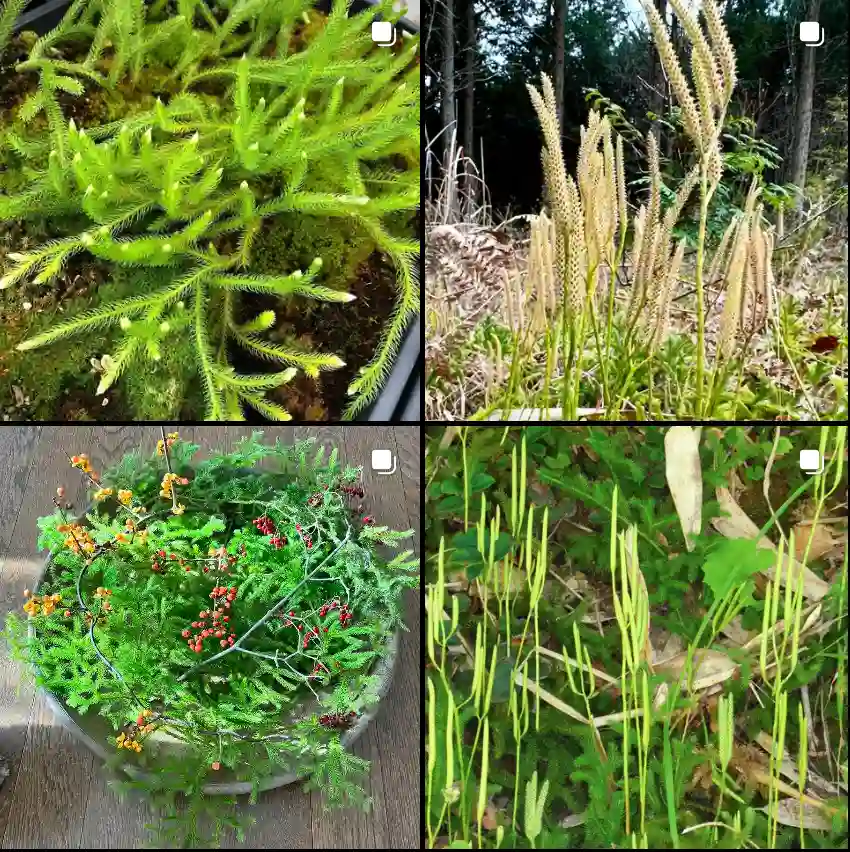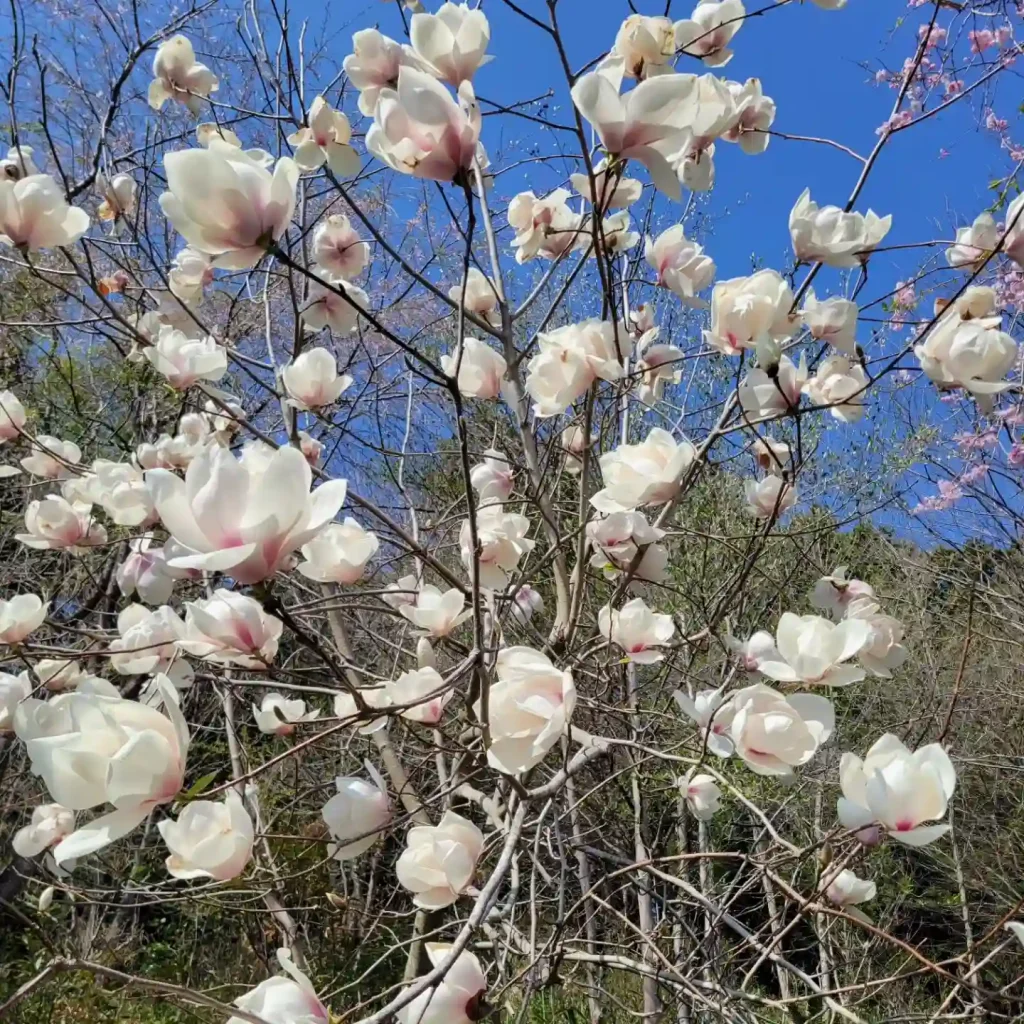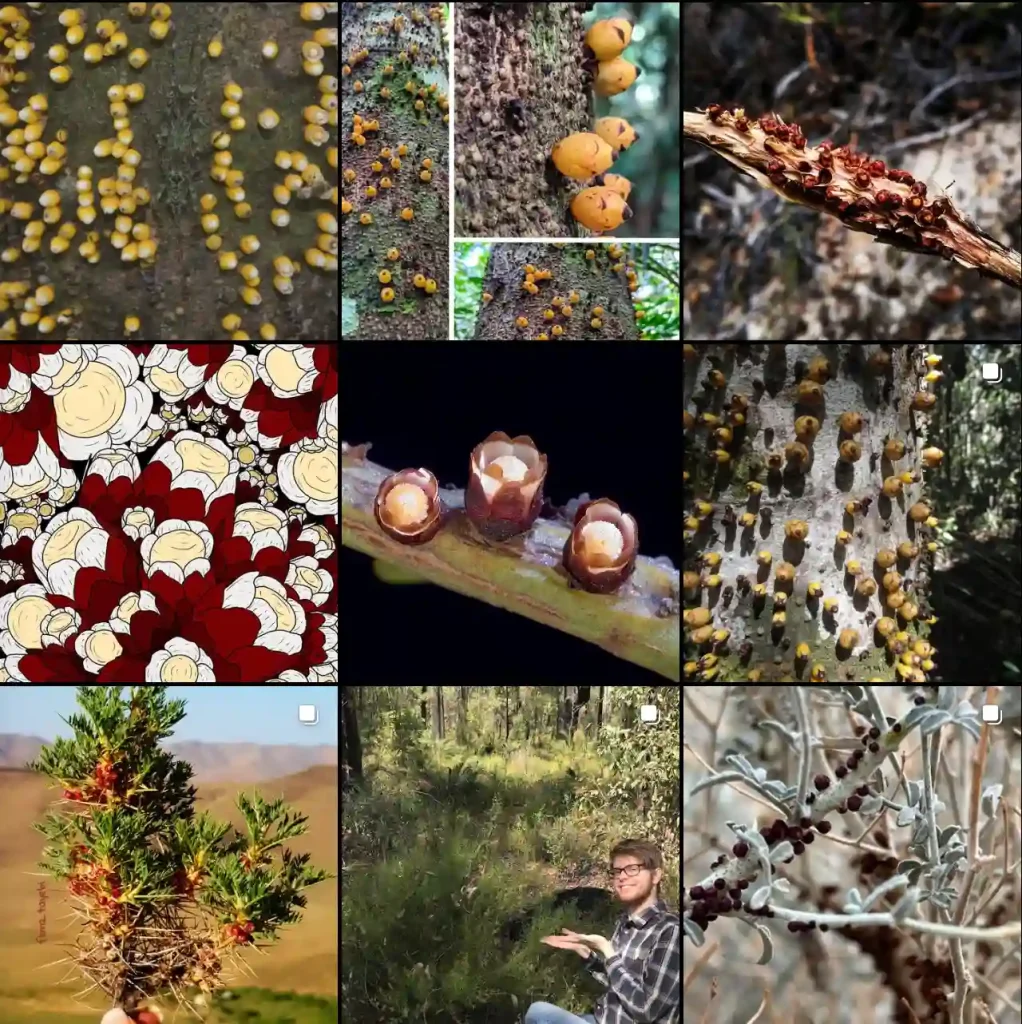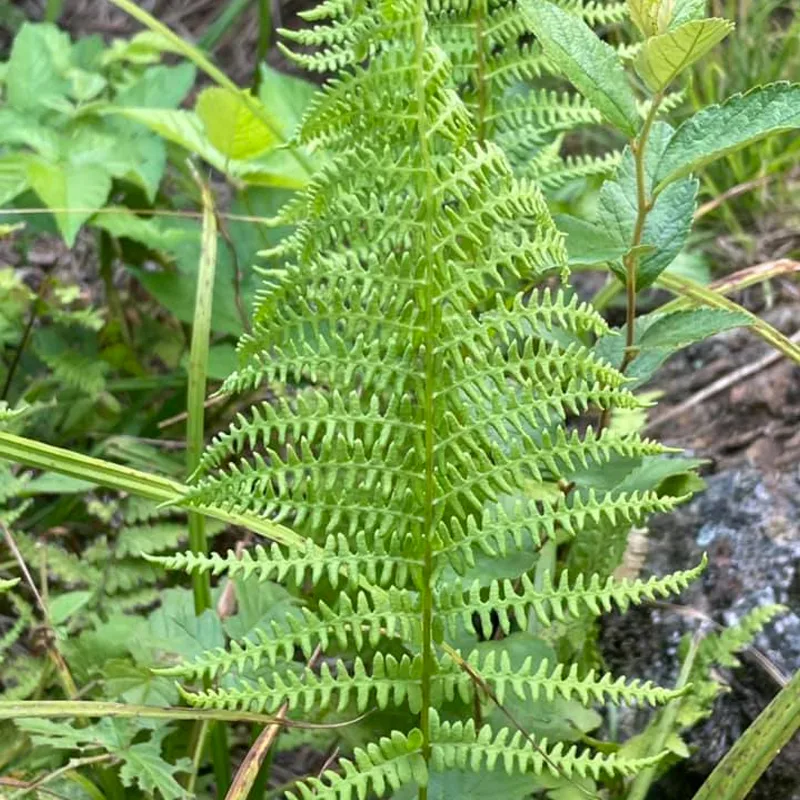How to prune Viburnum davidii?
To prune Viburnum davidii, I usually start by removing any dead or damaged branches first to keep the plant healthy. Then, I trim back any overgrown or wayward branches to maintain its shape. I use sharp, clean pruning shears to make clean cuts just above a leaf node. If there are any branches crossing or rubbing against each other, I cut those out as well to ensure good air circulation within the shrub.
When to prune Viburnum davidii?
I find that the best time to prune Viburnum davidii is right after it finishes flowering, which is typically in late spring or early summer. This timing helps me avoid cutting off next year’s flower buds, as the plant sets them soon after the current year’s flowers fade. By pruning at this time, I can enjoy a full display of blooms the following year.
206 Species in Genus Viburnum
Do birds like Viburnum davidii?
Birds definitely seem to enjoy Viburnum davidii in my garden. I’ve noticed that they are particularly attracted to the berries that appear after the flowering season. The shiny blue fruits are a big hit with various bird species, which adds an extra layer of life and activity to my garden throughout the year.
How to grow Viburnum davidii?
Here’s a guide on how to grow Viburnum davidii:
Planting:
- Timing: The best time to plant Viburnum davidii is in early spring or fall when the soil temperatures are cool. Avoid planting during the hottest days of summer or during freezing winter conditions.
- Location: Viburnum davidii prefers full sun to partial shade. It can tolerate full shade but may produce fewer flowers. Choose a location with well-drained soil. Avoid areas with constantly wet or soggy soil.
- Digging the Hole: Dig a hole that is 2-3 times wider than the root ball of your Viburnum davidii and just as deep. Loosen the soil at the bottom of the hole to encourage root growth.
- Planting the Shrub: Carefully remove the Viburnum davidii from its container. Gently loosen any tightly bound roots. Place the shrub in the hole, ensuring the root ball sits level with the surrounding soil.
- Filling the Hole and Watering: Backfill the hole with the excavated soil, gently tamping it down to remove air pockets. Water the plant thoroughly to settle the soil around the roots.
Care:
- Watering: Water your Viburnum davidii regularly, especially during the first year after planting and during dry periods. Allow the top inch of soil to dry out between waterings. Avoid overwatering, which can lead to root rot.
- Mulching: Apply a layer of mulch around the base of the plant to help retain moisture, suppress weeds, and regulate soil temperature. Aim for a 2-3 inch layer of mulch, keeping it a few inches away from the stem.
- Fertilizing: You can fertilize your Viburnum davidii once a year in early spring with a balanced fertilizer formulated for flowering shrubs. Follow the application instructions on the fertilizer package.
- Pruning: Pruning is not essential but can be done to maintain the desired size and shape of your Viburnum davidii. Prune in late winter or early spring before new growth emerges. Remove any dead, diseased, or damaged branches.
Additional Tips:
- Pollination: If you want your Viburnum davidii to produce berries, you’ll need to plant at least two shrubs, with one being a male pollinator variety.
- Evergreen Foliage: Viburnum davidii is an evergreen shrub, meaning it retains its leaves year-round in most climates. However, in colder climates, the leaves may lose some color or even drop during harsh winters.
- Pests and Diseases: Viburnum davidii is generally pest and disease resistant. However, watch out for common problems like aphids, scale insects, and fungal diseases. You can treat them with insecticidal soap, neem oil, or fungicides specifically labeled for use on shrubs.
How to propagate Viburnum davidii?
To propagate Viburnum davidii, I’ve had success with both softwood and hardwood cuttings. For softwood cuttings, I take a healthy, non-flowering shoot in late spring or early summer and dip the cut end in rooting hormone before planting it in a mix of sand and compost. For hardwood cuttings, I take a mature, woody stem in autumn or early winter and follow a similar process. Patience is key, as it can take a few months for the cuttings to root.
Is Viburnum davidii deer resistant?
In my experience, Viburnum davidii is fairly deer-resistant. While I can’t say the deer never nibble on it, they definitely prefer other plants in my garden. This shrub seems to be less appetizing to them, which is a huge plus in areas where deer are a common problem.
Will Viburnum davidii grow in shade?
Viburnum davidii can grow in shade, although it performs best with some sunlight. In my garden, I have a few planted in partial shade, and they do just fine. They don’t flower as prolifically as those in sunnier spots, but the foliage remains lush and attractive. It’s a versatile plant that can adapt to different light conditions, making it a great choice for various parts of the garden.
If i die, water my plants!



